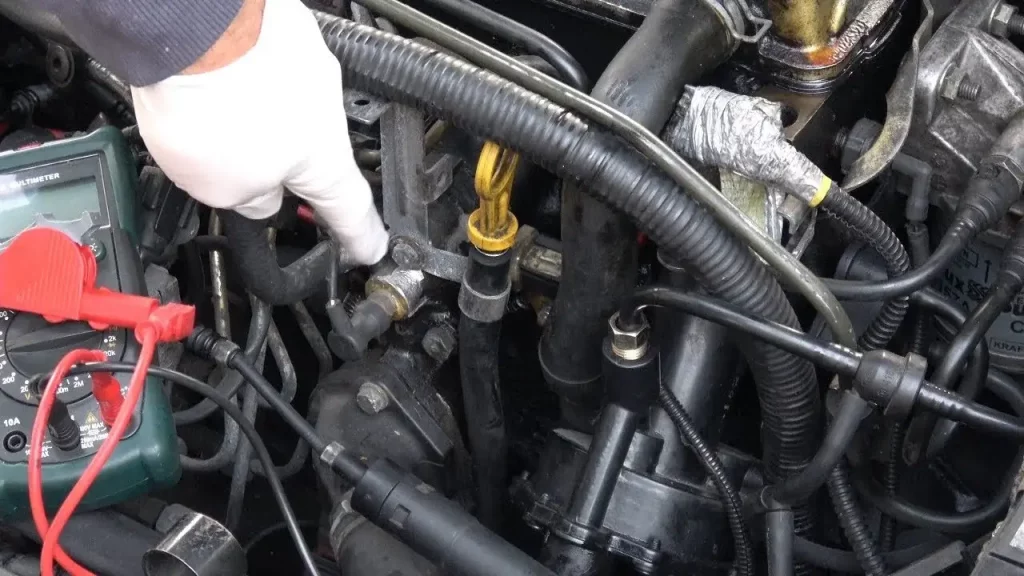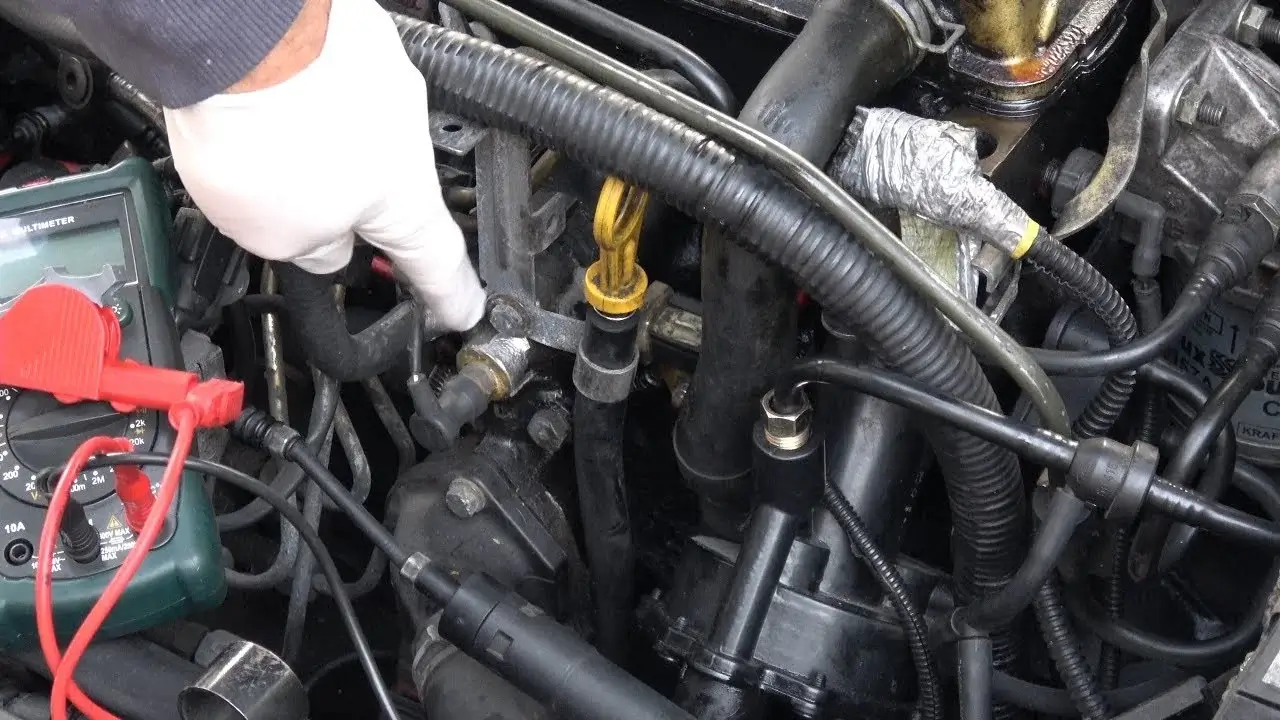
Your vehicle’s engine is a complex machine that relies on a delicate balance of various components to operate efficiently. One crucial component in this system is the coolant temperature sensor.
When this sensor starts to malfunction, it can lead to a host of problems that affect your engine’s performance.
In this blog, we will discuss the symptoms of a bad coolant temperature sensor, its possible causes, and the replacement process.
Symptoms of a Bad Coolant Temperature Sensor
A malfunctioning coolant temperature sensor can manifest in a variety of ways. If you notice any of the following symptoms, it’s time to consider the health of your coolant temperature sensor:
- Engine Overheating: A faulty sensor may provide inaccurate readings to the engine control module (ECM), causing it to misjudge the engine’s actual temperature. This can lead to the engine running hotter than it should, potentially causing overheating issues.
- Poor Fuel Efficiency: When the sensor fails, it may send incorrect data to the ECM, causing it to adjust the fuel-air mixture improperly. This can lead to poor fuel efficiency and increased emissions.
- Hard Starting The Engine: Inaccurate temperature readings can affect the air-fuel mixture, causing your engine to start poorly or stall after ignition.
- Check Engine Light: A malfunctioning sensor is likely to trigger the check engine light on your dashboard, alerting you to a potential problem.
- Rough Idling: When the sensor provides inconsistent data, it can lead to irregular idling, making your engine run rough and unevenly.
- Radiator Fan Not Working: The cooling fan may not turn on or may run continuously, causing further temperature control problems.
Causes of a Bad Coolant Temperature Sensor
Understanding the potential causes of a bad coolant temperature sensor is essential for preventing future issues. Here are some common factors contributing to sensor malfunction:
- Wear and Tear: Over time, the sensor may deteriorate due to exposure to extreme temperatures and chemicals in the coolant.
- Corrosion: Corrosion or sediment buildup can affect the sensor’s accuracy, leading to incorrect temperature readings.
- Electrical Problems: Damage to the sensor’s wiring or connectors can disrupt the signal transmission between the sensor and the ECM.
- Contaminated Coolant: Low-quality or contaminated coolant can affect the sensor and its performance.
Replacement of a Bad Coolant Temperature Sensor
If you’ve identified a bad coolant temperature sensor as the culprit behind your vehicle’s issues, it’s important to replace it promptly. Here’s a step-by-step guide on how to do it:
Tools and Materials You’ll Need:
- New coolant temperature sensor
- Wrench or socket set
- Drain pan
- Fresh coolant
- A rag
- Safety glasses and gloves
Replacement Process
- Safety First: Ensure the engine is cool before starting. Always use safety glasses and gloves to protect yourself from any potential coolant spills.
- Locate the Sensor: The coolant temperature sensor is typically situated near the thermostat housing or on the engine block. Refer to your vehicle’s service manual for precise location information.
- Drain Coolant: To avoid coolant spillage, place a drain pan beneath the sensor. Carefully remove the electrical connector from the sensor.
- Remove the Old Sensor: Use a wrench or socket set to gently loosen and remove the old sensor from its housing. Be prepared for a small amount of coolant to drain out.
- Install the New Sensor: Apply a small amount of thread sealant to the threads of the new sensor, and carefully screw it into place.
- Reconnect the Electrical Connector: Reattach the electrical connector to the new sensor.
- Refill Coolant: Top up the coolant as necessary, making sure the level is correct.
- Test the Vehicle: Start the engine and ensure it’s running smoothly without any of the previous symptoms.
Don’t Sweat It – Swap That Faulty Sensor
Is your engine showing signs of a bad coolant temperature sensor?
Don’t wait for costly repairs or engine damage!
Replace the sensor now to keep your vehicle running smoothly. Your engine will thank you!
Contact a qualified mechanic or Automovill service center today for free pick-and-drop to get back on the road with confidence.
